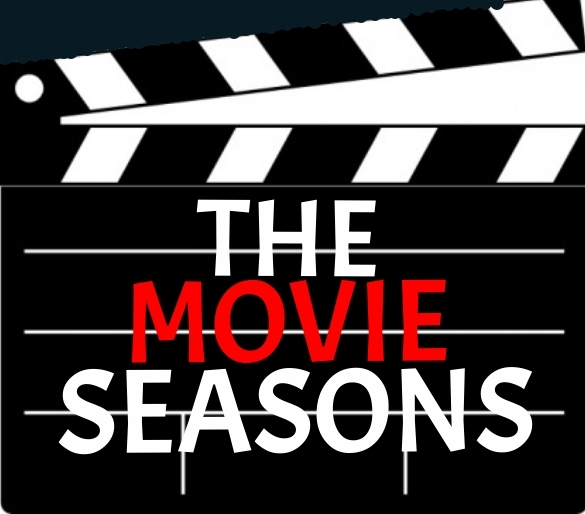As a rather obsessive fan of old Hollywood musicals of the 40’s and 50’s, I can appreciate Damian Chazelle’s love for the genre, especially of the way in which the directors of the time, like Vincent Minnelli and Stanley Donen, used the brilliance of technicolor and lighting and fantasy ballet sequences to stage the spectacular musical numbers performed by the likes of such master entertainers as Fred Astaire and Gene Kelly, professional dancers recruited by Hollywood in the vein of Cyd Charisse or Eleanor Powell, and of course singers and showmen like Bing Crosby, Judy Garland and her daughter Liza Minelli. But in Chazelle’s devotion to recreating the look of those old movies in La La Land, he does so purely on a surface level, forgetting what the main attraction really was in those films, why it is they were made in the first place. It was the performers themselves.
In place of the greats who usually came from vaudeville or Broadway, we have…Ryan Gosling and Emma Stone. Great. I have nothing against either of them, both good actors and appealing screen presences when cast in the right roles. But every movie Fred Astaire and Gene Kelly made was a celebration and showcase of their professional acumen, their technical expertise, the joy of the incredible routines they were able to choreograph and perform themselves and with capable colleagues. The numbers, people, the numbers! Gosling and Stone can neither sing nor dance. And of course, the filmmakers know this, so each song is written for an amateur singer and what dancing there is is choreographed with inevitable stiffness in mind, which means nothing too fancy, of course. So what are we celebrating here? What we’re celebrating is nostalgia, with a lovely looking throwback to old movie musicals in the same way that 2011's The Artist was a valentine to silent films. There’s nothing necessarily wrong with doing this, but what it amounts to is an exercise in style rather than anything with a beating heart of its own.
That’s not to say there’s nothing to like about the movie. The cinematography is beautiful, the sets and costumes are gorgeous, and the two actors are appealing in what amounts to a love story about people trying to make it in Hollywood’s dream factory while staying true to their integrity (which is apparently their love and appreciation for the past, in his case jazz, in her case old movies). But the fizzy romance here isn’t enough to hang a movie on, since the other genre Damian Chazelle wants to tribute is the Jacques Demy musicals from the early 60’s (particularly The Umbrellas of Cherbourg), so that requires introducing a bit of working class struggle and melancholy into the proceedings. But when you steal the element that made those French films (which were themselves an homage to old Hollywood musicals) their own, it better feel earned. This one doesn’t, particularly in its inorganic and falsely constructed ending, designed to lead to a beautiful fantasy epilogue sequence that while technically impressive, hasn’t done the work it takes to get there in terms of storytelling.
Chazelle, whose last movie was Whiplash, has an undeniable talent, a feel for cinematic showmanship and elegantly staged tracking shots, as well as a sincere love for the movies of Hollywood and France’s golden ages. But nothing in La La Land, from the mediocre music to the just “fine” performances from actors who cannot sing or dance yet are required to try it anyway, to the artificially high stakes attributed to a very low stakes love story, stands completely on its own. It’s a tribute movie that’s simply not as good as any of the movies it’s tributing. So I’ll take this opportunity right now to give you a quick list of what to watch if you want to see the real thing: Holiday Inn (1942), Meet Me in St. Louis (1944), Singin’ in the Rain (1951), An American in Paris (1952), The Band Wagon (1954), West Side Story (1962) and The Umbrellas of Cherbourg (1964). Once you’ve seen those, you’ll see La La Land through the same lens that I do, and wonder how Chazelle could have missed the whole point.
* * 1/2




